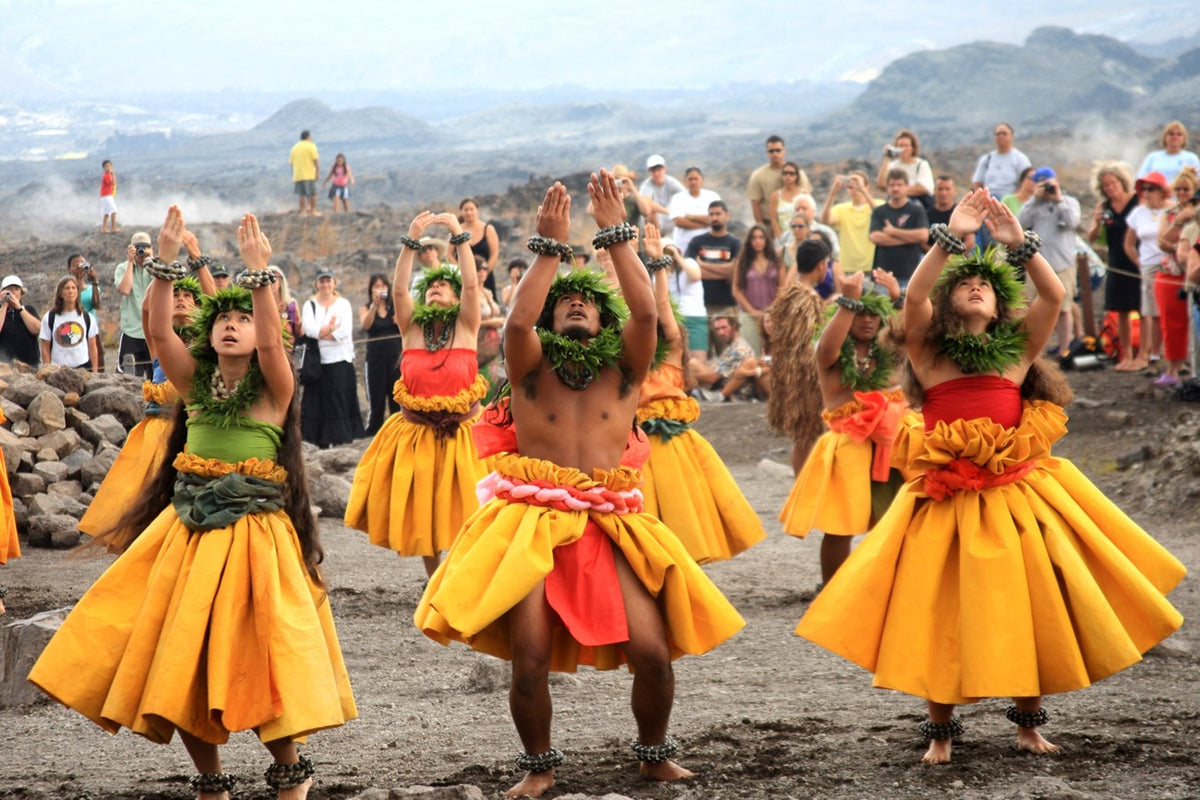The Rich Tapestry of the Hawaiian Language: A Journey Through Time

Aloha! The Hawaiian language, known as ʻŌlelo Hawaiʻi, is much more than a means of communication; it is the heartbeat of Hawaiian culture and identity. This blog post will delve into the fascinating history of the Hawaiian language, exploring its origins, evolution, near extinction, and remarkable revival.
Origins and Early History
The Hawaiian language is part of the Austronesian language family, which spans from Madagascar to Easter Island. The first Polynesian navigators, believed to have arrived in Hawaiʻi around 300-600 AD, brought this language with them. Over centuries, this language evolved uniquely in the Hawaiian archipelago, giving birth to what we know today as ʻŌlelo Hawaiʻi.
Influence of Western Contact
The 1778 arrival of Captain James Cook marked the beginning of significant changes. The subsequent influx of Westerners brought about linguistic transformations, with the Hawaiian language absorbing new words and concepts. The first written form of Hawaiian was developed in the 1820s by American missionaries, who created a 12-letter alphabet that remains in use today.
The Kingdom Era
During the Kingdom of Hawaiʻi (1810-1893), Hawaiian was the language of government, business, and daily life. King Kamehameha III established the first Hawaiian-language constitution in 1839. This era witnessed the publication of newspapers, books, and other literature in Hawaiian, enriching its literary tradition.
Near Extinction
The late 19th and early 20th centuries saw a steep decline in the Hawaiian language. The overthrow of the Hawaiian Kingdom in 1893 and subsequent annexation by the United States led to the marginalization of Hawaiian culture and language. The 1896 law that mandated English as the only language for education dealt a severe blow, drastically reducing the number of fluent speakers.
The Renaissance and Revival
The 1960s and 1970s marked a turning point, with the Hawaiian Renaissance sparking renewed interest in Hawaiian culture and language. Efforts to revive the language led to the establishment of Hawaiian language immersion schools and university programs. In 1978, Hawaiian was reinstated as an official language of the state, a symbolic and practical step towards revitalization.
Current Status and Future Outlook
Today, the Hawaiian language is experiencing a resurgence. It is taught in schools and universities, and there is a growing body of Hawaiian language media. Despite these positive developments, the language remains endangered, with a relatively small number of native speakers.
The continued revival of ʻŌlelo Hawaiʻi is crucial not only for preserving Hawaii's linguistic heritage but also for maintaining its cultural identity. The Hawaiian language encapsulates the worldview, traditions, and spirit of the Hawaiian people, making its revitalization a journey of cultural reclamation and empowerment.
The story of the Hawaiian language is one of resilience and revival. It stands as a testament to the strength and perseverance of the Hawaiian people in preserving their linguistic and cultural heritage. As we move forward, the continued support and participation in Hawaiian language initiatives will ensure that this beautiful language not only survives but thrives in the years to come.
Mahalo for joining us on this journey through the history of the Hawaiian language. E ola mau ka ʻōlelo Hawaiʻi - Long live the Hawaiian language!
